Menu
For starters, tree removal should be left to the professionals, whether the tree is big or small. A DIY approach may seem like a way to save money, but we don’t recommend it at all. Not only can it be dangerous, but it can also lead to property damage. But how much is removing a tree going to cost you?

In this guide, Driscoll Tree Service breaks down the cost of tree removal so you know what to expect. Our specialists look into the key factors that influence the cost of removal. Keep reading to learn more.
The average cost of tree removal fluctuates anywhere from $300 to $1,050, with an average cost of $830. However, there are several factors that influence the amount you’ll pay a tree company for tree removal.
Tree removal costs often depend on the size of the tree. Smaller trees (under 30 feet) are more affordable to remove, while medium-sized trees (30–60 feet) fall in the mid-range. Large trees (60–100 feet) require more labor and specialized equipment, making them more expensive. Extra-large trees (over 100 feet) may require cranes and additional precautions, significantly increasing the cost.
Different tree species have unique characteristics that affect removal costs. Softwood trees like pine are easier to remove, whereas hardwood trees such as oak or maple are denser and require more effort. Palm trees, with their fibrous trunks, and trees with complex root systems may also demand specialized removal techniques, influencing the final price.
A tree’s health and condition play a major role in the cost of removal. A healthy tree with strong roots may require more work to cut down and extract, while a diseased or dead tree could be more fragile but still pose safety risks. Storm-damaged or leaning trees often require emergency removal services, which may come with higher fees due to urgency and added precautions.
Removing a tree that has already fallen is usually less expensive than cutting down a standing tree. However, the cost can vary based on its location and the difficulty of hauling away the debris.
A thicker trunk takes more effort and time to cut through, increasing labor costs. Trees with multiple trunks may also require additional work.
Trees located in hard-to-reach areas, such as near power lines, close to buildings, or on steep slopes, require specialized equipment and careful maneuvering, leading to higher removal costs.
If a tree poses an immediate danger due to storm damage or structural instability, emergency services may be needed. These urgent removals often cost more, especially if performed outside regular business hours.
Removing the tree is only part of the job. Stump grinding is an additional service that reduces the stump below ground level, while full stump removal involves extracting the entire root system, both of which can add to the total cost.
If a tree removal service quotes a price that seems too good to be true, it probably is. Extremely low prices may indicate inexperience, lack of insurance, or hidden fees that will surprise you later. Reputable tree companies invest in skilled professionals, proper equipment, and insurance coverage to ensure safe and efficient work. Always ask for proof of licensing and insurance, and get a detailed estimate before committing to any service.

Driscoll Tree Service is a reputable tree company that offers a comprehensive range of services, including tree removal and trimming. We put a lot of emphasis on training and experience because we know that tree removal is a dangerous job. Our experts are equipped with advanced tools to get the job done safely so that you can have peace of mind. Contact us today for all your tree service needs.
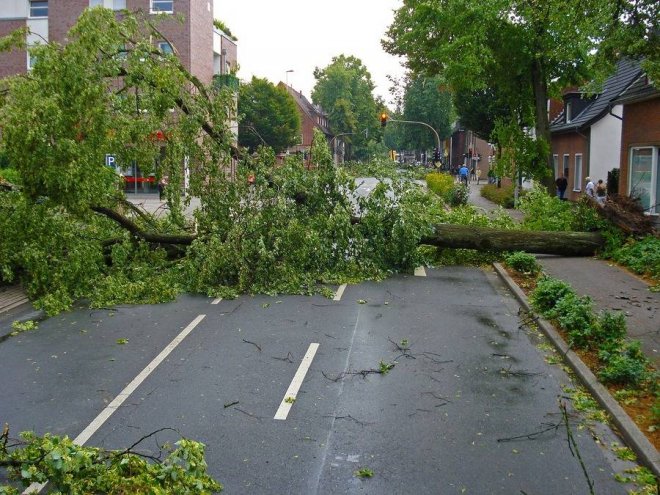
How Storms Impact Your Trees Trees are a valuable addition to any landscape. From enhancing curb appeal to improving the overall quality of life, trees are no denying essential to the ecosystem. However, like most living things, trees are susceptible…
Read More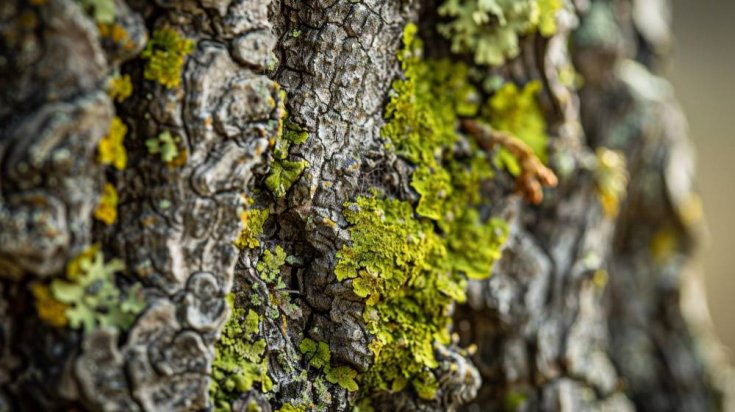
Should You Worry About Lichen on Trees? Lichens are fascinating and often misunderstood. When homeowners notice these growths on the bark of trees, it raises concerns about the health of their yard. If you notice lichens on your trees, consult…
Read More
How Proper Tree Care Can Support Wildlife Trees are magnificent additions to any landscape and the environment. Like most living things, proper care and maintenance go a long way to enhance aesthetics, health, and longevity. A healthy tree provides shelter…
Read More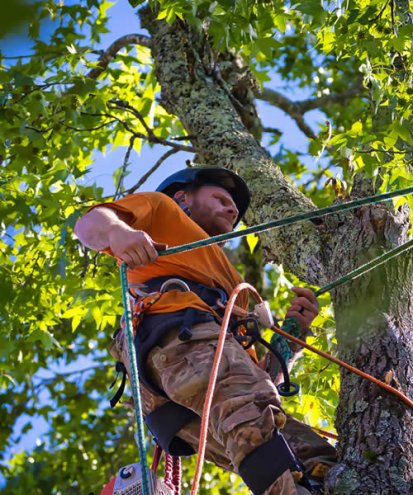
Will Pruning a Diseased Tree Help It Survive? Detecting signs of deterioration in your trees can be quite frustrating, especially if irreversible. Luckily, scheduling routine maintenance inspections with a professional tree care company helps detect trivial signs of infection or…
Read More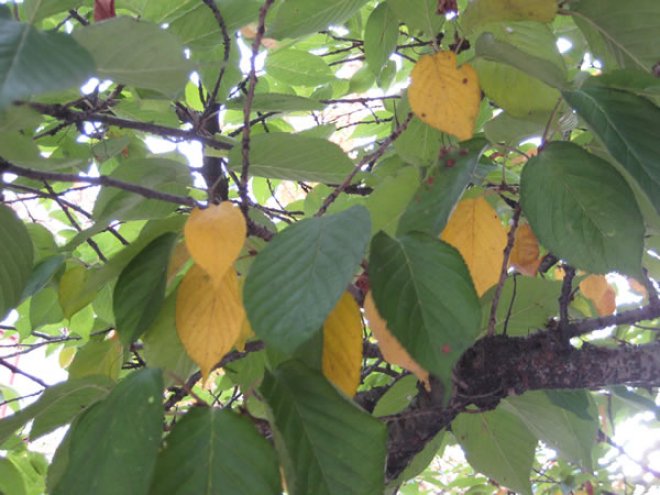
5 Signs of Tree Problems Trees are an important part of our lives; one we can’t live without. This is why it’s crucial to take care of our environment. Sometimes you can tell when a tree is ill or dying…
Read More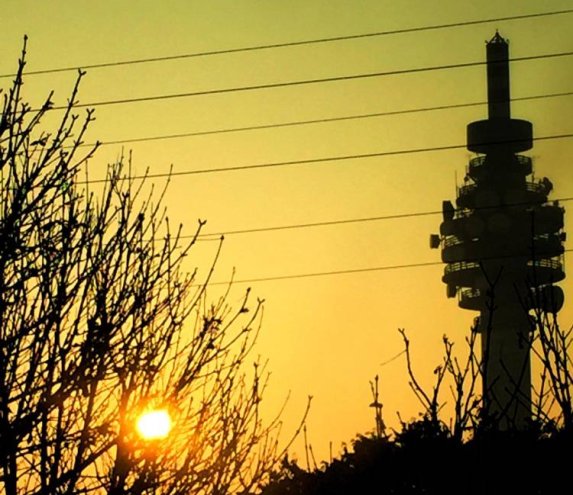
What Should I Do if My Tree Is Touching a Power Line? Trees provide many benefits, from improving air quality and curb appeal to providing a habitat for wildlife. However, trees can grow close to power lines, posing safety risks…
Read More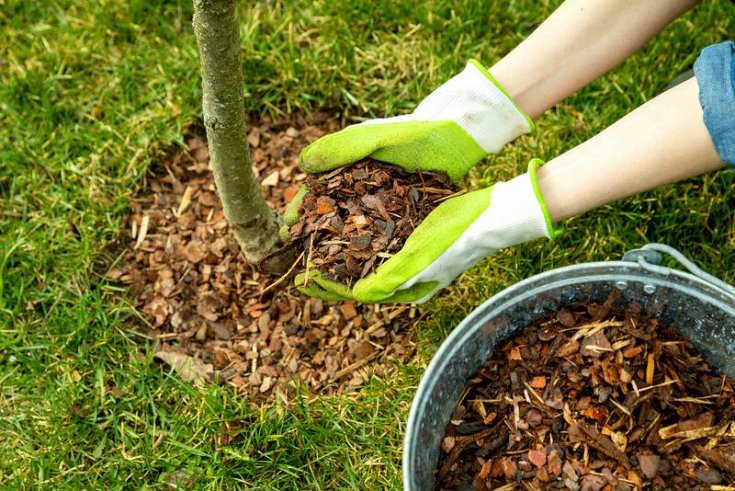
Mulch Myths and Truths As we head towards cooler months, it is critical to maintaining a healthy yard. One of the essential tree care practices before winter is adding a layer of mulch around your trees. You can use many…
Read More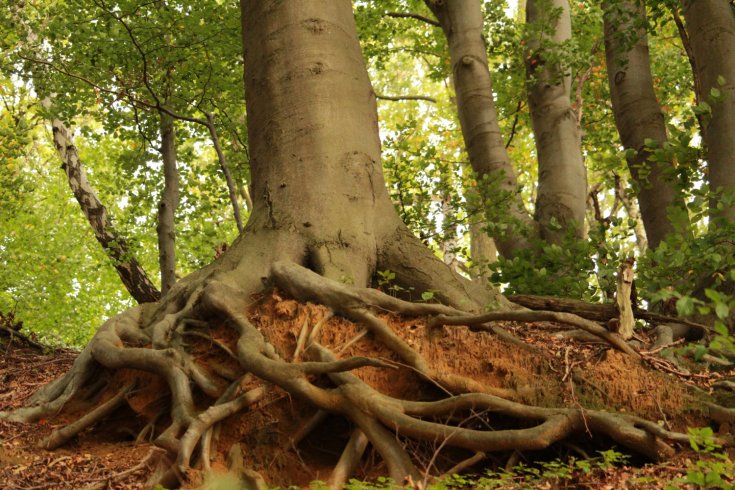
The Impact of Tree Roots on Your Home Trees are a valuable addition to any landscape, providing shade, aesthetics, and a habitat for wildlife. However, these majestic entities pose a significant threat to your property, especially the foundation, plumbing, and…
Read More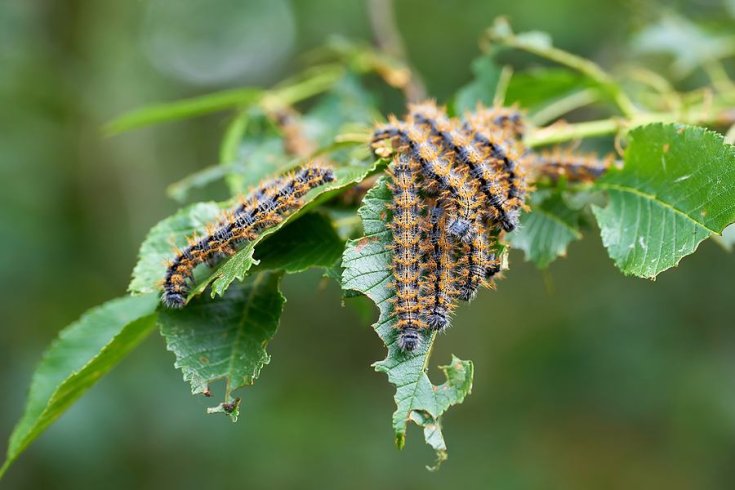
Controlling Tree Pests and Diseases Without Harming the Environment Maintaining healthy trees often entails controlling pests and diseases. With all the different ways homeowners can protect their yards, some cause more environmental damage in the long run. It is advisable…
Read More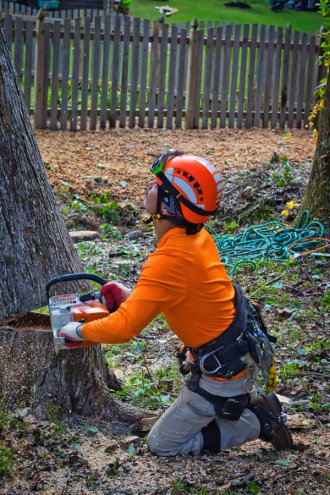
Professional Tree Service vs. Handyman Large green trees are a valuable addition to any landscape. Healthy trees enhance the overall curb appeal and property value, purify the air, and attract wildlife. Routine maintenance is vital to ensure your trees grow…
Read More